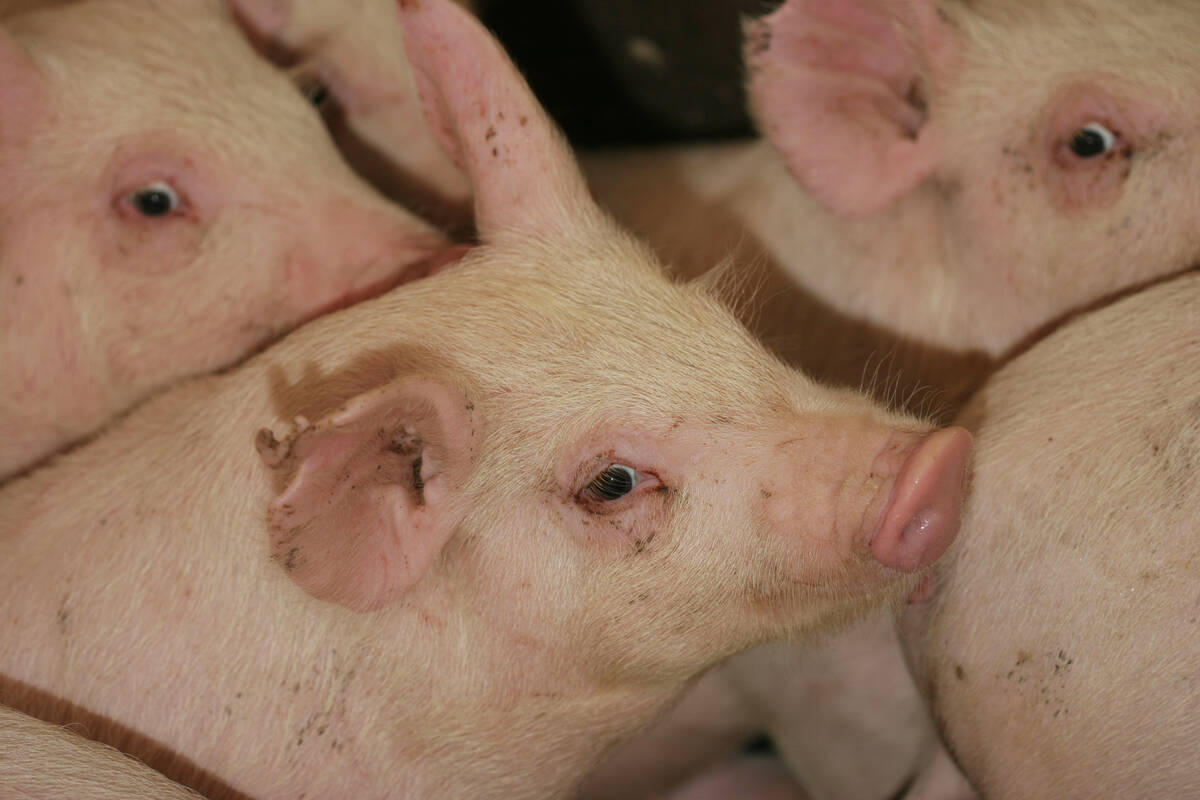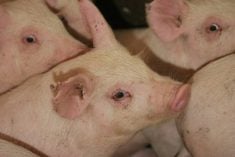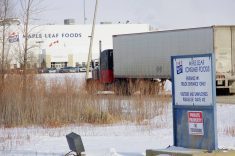RED DEER – Alberta has set June 1, 2010, as its target date for tracking cattle movement in the province.
Brent McEwan, executive director of Alberta Agriculture’s traceability branch, said a committee on cattle movement was started Dec. 18 to talk about the best way to implement a plan for a complicated industry. It comprises beef groups, auctions, order buyers, the government, Alberta Livestock and Meat Agency, and Livestock Identification Services.
Tracking hog movement is also underway with Alberta Pork, and a full lamb traceability project is underway to monitor animals from production to retail.
Read Also

The Western Producer Livestock Report – September 25, 2025
The U.S. national live price average for barrows and gilts was $81.21 Sept. 17. It was $78.37 Sept. 9. U.S. hogs averaged $106.71 on a carcass basis Sept. 17, up from $106.10 Sept. 9.
Complete traceability is part of a larger government plan to age verify and track livestock for health purposes. A two part payment from a $300 million fund was set up to encourage producers to record their information. Final payments were scheduled for February and March.
The payments encouraged producers to age verify about 1.5 million 2008 calves out of the estimated 1.8 million born in Alberta.
Meetings with British Columbia, Saskatchewan and Manitoba are underway to decide how to handle out of province livestock.
McEwan told the recent Alberta Beef Industry Council annual meeting in Red Deer that tracking animals to their source is the next priority. Under this program, producers will register their home quarters and keep better records of how many animals they own and where they are.
“On-farm records are critical to traceability,” he said.
Farm records need to be correlated with the tag numbers because those records are critical for tracking animals in an emergency.
“We need to put the story together to deal with that emergency.”
Premise identification requires owner contact information, business name, legal land description of the home quarter, type of livestock and the farm’s maximum capacity.
“We don’t want to know exact numbers. We want to know the worst case scenario in the event of a disease outbreak,” McEwan said.
Producers have questioned the need to supply so much information ever since requirements were announced last year and tied to the Health of Animals Act. McEwan admitted there was little public consultation when the regulations were written, prompting the government to go back to the industry for advice. It’s possible that modifications may be made to the regulations, he added.
Feedlots with more than 5,000 head are already asked to report within seven days the identification number of each animal moving in or out of the feedlot. An exception is animals going to slaughter because packers report when the numbers are retired. This requirement is also being reviewed.















